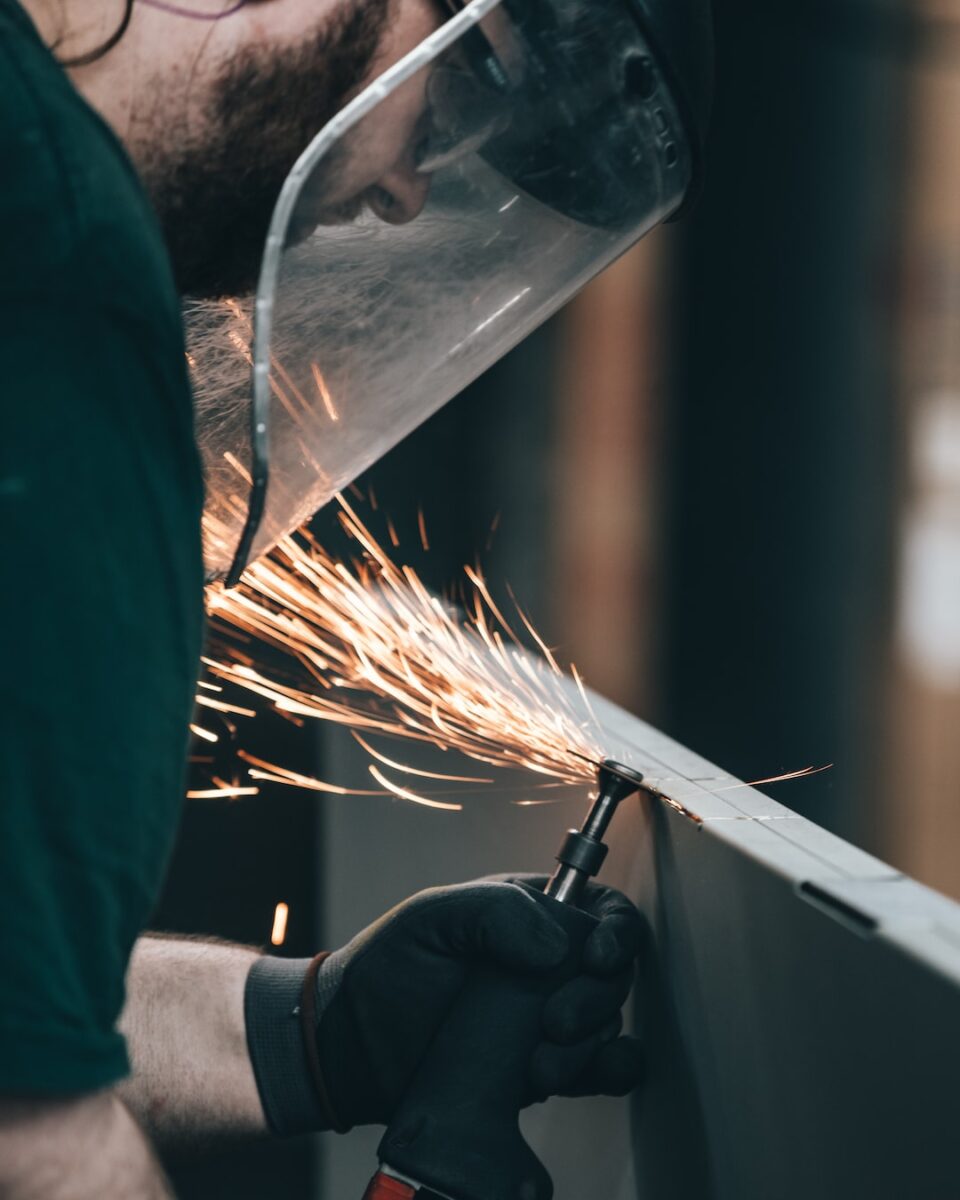The Evolution of Robotics in Manufacturing: Enhancing Precision and Speed
The world of manufacturing has witnessed tremendous advancements with the introduction of robotics. From the early days of simple automated machines to today’s highly sophisticated robotic systems, the evolution of robotics in manufacturing has revolutionized the industry. These advanced robotic systems have not only enhanced precision and speed but have also improved efficiency, productivity, and overall manufacturing processes.
The first significant breakthrough in the evolution of robotics in manufacturing occurred in the 1960s with the introduction of computer numerical control (CNC). CNC machines allowed manufacturers to automate the control of machine tools using programmed commands, bringing precision and repeatability to the manufacturing process. This technology laid the foundation for the integration of robotics in manufacturing, as it showcased the potential for machines to perform complex tasks with accuracy.
As technology progressed, so did the capabilities of robots. The 1970s saw the development of the first industrial robots. These robots were designed to perform repetitive tasks such as welding, assembling, and material handling. They were programmed to follow specific instructions and could perform these tasks with remarkable accuracy and speed. The introduction of industrial robots paved the way for manufacturers to explore new avenues for automation, increasing productivity and reducing human error.
The 1980s witnessed further advancements in robotics technology with the introduction of articulated robots. Articulated robots featured multiple joints that allowed them to mimic human-like movements with a higher degree of precision. These robots were more versatile and could perform complex tasks in three-dimensional space, making them ideal for applications such as painting, packaging, and material removal. The integration of articulated robots in manufacturing processes increased the level of precision and efficiency, further enhancing the quality of end products.
In recent years, robotic systems have become even more advanced, thanks to advancements in artificial intelligence and machine learning. These technologies have enabled robots to become more intelligent, adaptable, and capable of autonomously performing complex tasks. With the integration of AI and machine learning, industrial robots can analyze data in real-time, make decisions, and modify their behavior accordingly. This level of intelligence has enabled manufacturers to achieve higher levels of precision and speed in their processes.
One of the most significant advancements in the evolution of robotics in manufacturing is the collaborative robot, also known as cobots. Collaborative robots are designed to work alongside human operators, enhancing their capabilities and reducing the risk of injuries. These robots are equipped with sensors and safety features that allow them to detect the presence of humans and respond accordingly, making them safe and efficient to work with. Cobots have revolutionized manufacturing processes by creating a harmonious relationship between humans and machines, augmenting human abilities while increasing productivity and precision.
Moreover, the integration of robotics in manufacturing has also contributed to overcoming challenges related to mass customization. Traditionally, mass production involved producing a large quantity of identical products. However, with the increasing demand for customized products, manufacturers needed to find a way to produce goods with high precision and speed while maintaining flexibility. Robotics has made it possible by offering a combination of versatility and accuracy. Advanced robotic systems can quickly adapt to different manufacturing requirements, making mass customization a reality while minimizing errors and wastage.
The evolution of robotics in manufacturing has not only transformed the industrial landscape but has also brought significant benefits to businesses. By automating certain tasks through the use of robotics, manufacturers can lower costs, reduce time to market, and improve product quality. The precision and speed achieved by robots ensure that products meet the highest standards, enhancing customer satisfaction and brand reputation.
In conclusion, the evolution of robotics in manufacturing has witnessed remarkable advancements over the years. From simple automated machines to highly sophisticated robotic systems, manufacturers have leveraged the power of robotics to enhance precision and speed in their processes. The integration of advanced technologies like artificial intelligence and machine learning has further boosted the capabilities of robots, making them more intelligent and adaptable. Robots have not only increased efficiency, productivity, and overall manufacturing processes but have also paved the way for mass customization. The future of robotics in manufacturing looks promising as technology continues to advance, opening doors to new possibilities for the industry.

